Ba Ria-Vung Tau showing enormous potential for development
In addition, to best avail of the province’s potential, Ba Ria-Vung Tau People’s Council ratified a resolution on building two major routes approaching the Bien Hoa-Vung Tau expressway with a total investment value approximating $500 million.
Hoang Trung Kien, director Ba Ria-Vung Tau Transport Infrastructure Project Management Board, revealed that these two projects are set for execution between 2024-2027. The approach roads will also ensure connectivity with the existing National Highway 51, and the prospective Ring Road 4, which will soon begin construction, allowing easier access to Hiep Phuoc Port in Ho Chi Minh City.
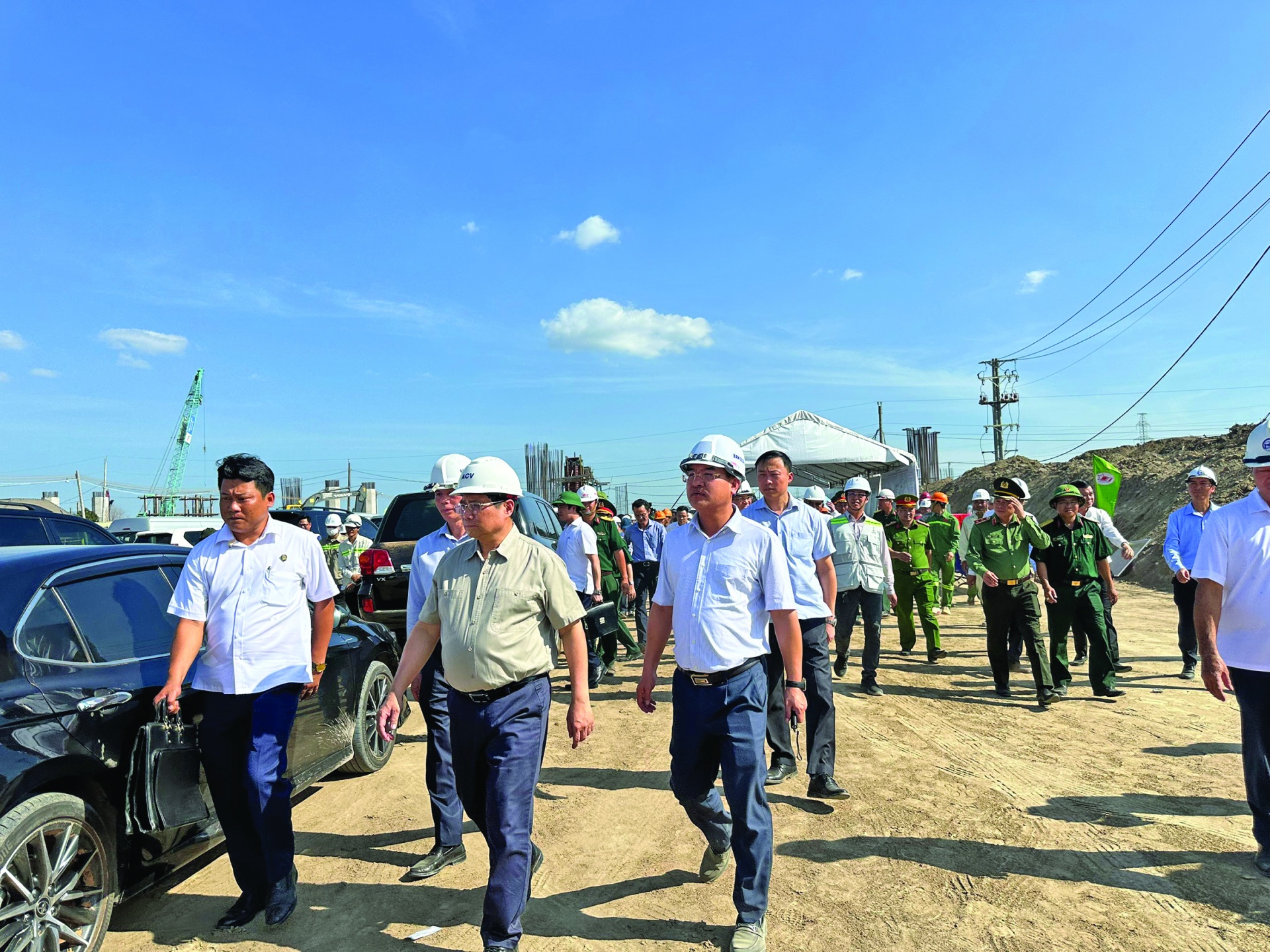 |
| Prime Minister Pham Minh Chinh visits the project site in mid-February |
Furthermore, the first-phase of Bien Hoa-Vung Tau Expressway, passing through Ba Ria-Vung Tau, is nearing completion of the site clearance phase, according to Nguyen Cong Vinh, Deputy Chairman of Ba Ria-Vung Tau People’s Committee.
Relevant contractors are in full swing and should reach completion before October next year, three weeks ahead of the schedule set by Resolution No.90/NQ-CP.
Once the projects have been completed, travel time from Ho Chi Minh City to Vung Tau will be curtailed to just 70 minutes, instead of the current 150 minutes, providing better access to the Cai Mep-Thi Vai port cluster and Long Thanh International Airport.
During recent meetings with investors and the business community, Ba Ria-Vung Tau's leaders stressed the importance of finalising key transport routes linking Ba Ria-Vung Tau with other localities in the southeast.
Towards this goal, the province has placed emphasis on turning the Cai Mep-Thi Vai port cluster into an international transit hub on a regional and global scale, forming a national logistics centre and a seaport-associated free trade area in Cai Mep Ha, along with pushing the development of high-tech and eco parks.
Ba Ria-Vung Tau's provincial planning for 2021-2030 towards 2050 leverages the development of three key economic pillars to entice potential investors and high-quality human resources to the province.
The first pillar is centred on the Cai Mep-Thi Vai port cluster, the second is Bien Hoa-Vung Tau Expressway and Ring Road 4, and will encompass industrial services and urban complexes located in Phu My town and Chau Duc district, while the third pillar will be tourism development along Provincial Route 994 and the approach road linking to Bien Hoa-Vung Tau Expressway.
The space shall encompass a chain of coastal resorts to take advantage of the local scenic beauty, as well as the area's cultural and marine potential.
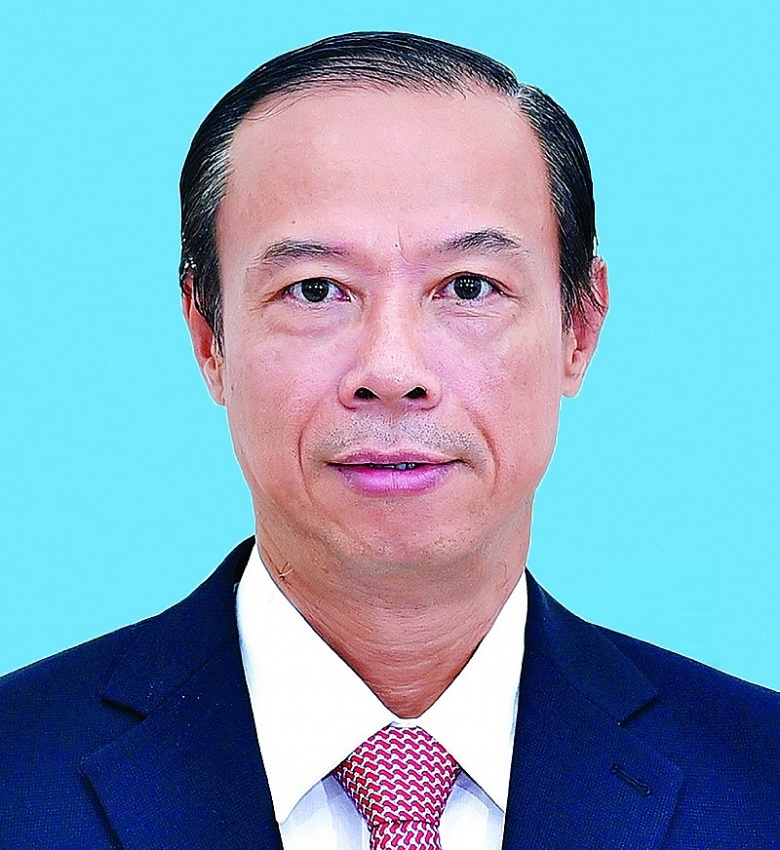 |
| Chairman Nguyen Van Tho |
The coastal resort chain will be closely attached to the development of the tourism urban system connecting Vung Tau-Long Hai-Phuoc Hai-Ho Tram and Binh Chau.
Con Dao Island will also be included in the plan and be developed into an island resort of international standard, while maintaining its status as a nationally recognised historical site and its crucial role in national defence and security.
The province’s planned area for seaport and industrial development covers Phu My town, Ba Ria city, west of Chau Duc district, and in the west and southwest of Vung Tau city.
This area will focus on the development of seaports and multi-sector services, connecting with Ho Chi Minh City's Belt Roads 3 and 4 and several other highways in the southeast.
Perfecting local infrastructure, particularly the multimodel transport system, should bolster the efficiency of the Moc Bai-Ho Chi Minh City-Bien Hoa-Vung Tau economic corridor and the trans-Asia economic corridor.
According to Nguyen Van Tho, Chairman of Ba Ria-Vung Tau People's Committee, the province has strictly adhered to the target of ensuring social equality alongside economic development and improving people’s spiritual and material life.
“Efforts will also gear towards taking initiatives in tackling climate change, promoting sustainable development, and supporting the green transition, thereby contributing to achieving Vietnam’s net-zero target by 2050 as committed at COP26,” said Tho.
| In light of the provincial planning towards the rest of the decade, with vision to 2050, by 2030 Ba Ria-Vung Tau aims to reach $18,000-18,500 in per-capita regional GDP; digital economy to account for 35-37 per cent of regional GDP, marine economy, including petroleum, to account for about 75 per cent of regional GDP; the rate of urbanisation reaching 72-75 per cent with key urban centres becoming smarter; and all communes and districts to meet new rural standards. |
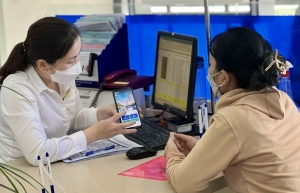 | Digital solutions to bring sustainable growth to Ba Ria-Vung Tau Digital transformation marks a significant step in narrowing the economic gap and geographical distance between Ba Ria-Vung Tau and other localities, but the province is still facing a rough path to success. |
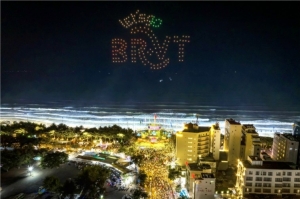 | Ba Ria-Vung Tau goes beyond 2023 expectations The southern province of Ba Ria-Vung Tau has posted its impressive achievements for the year to date, mirrored by extraordinary growth figures across the board. |
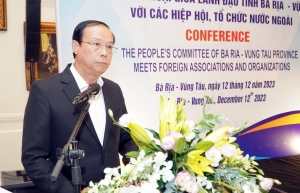 | Ba Ria-Vung Tau shines spotlight on economic diplomacy Alongside expediting its socioeconomic development targets, the southern province of Ba Ria-Vung Tau has also made laudable achievements in the realm of foreign affairs in 2023. |
What the stars mean:
★ Poor ★ ★ Promising ★★★ Good ★★★★ Very good ★★★★★ Exceptional
 Tag:
Tag:
Related Contents
Latest News
More News
- Strengthening supply chains through trade promotions and customs reform (December 24, 2025 | 14:00)
- PM orders investment model for North–South high-speed rail (December 22, 2025 | 17:43)
- LS Eco Energy to invest in Vietnam rare earth sector (December 22, 2025 | 17:31)
- Government moves to establish International Financial Centre (December 21, 2025 | 21:00)
- Vietnam's IFC to target global investment flows (December 21, 2025 | 18:00)
- Two national hospitals expand capacity with new facilities (December 20, 2025 | 09:00)
- Ha Tinh breaks ground on major Vingroup industrial and energy projects (December 19, 2025 | 18:24)
- EVN launches major power infrastructure projects nationwide (December 19, 2025 | 18:17)
- VAL inaugurates second production line to meet domestic animal feed demand (December 19, 2025 | 16:37)
- Sun Group pioneers urban tram system in Phu Quoc (December 19, 2025 | 15:00)






























 Mobile Version
Mobile Version